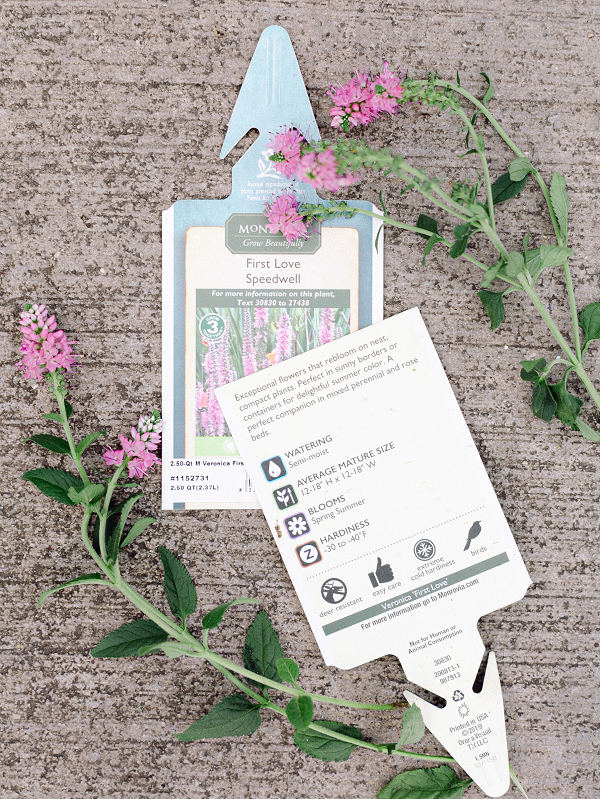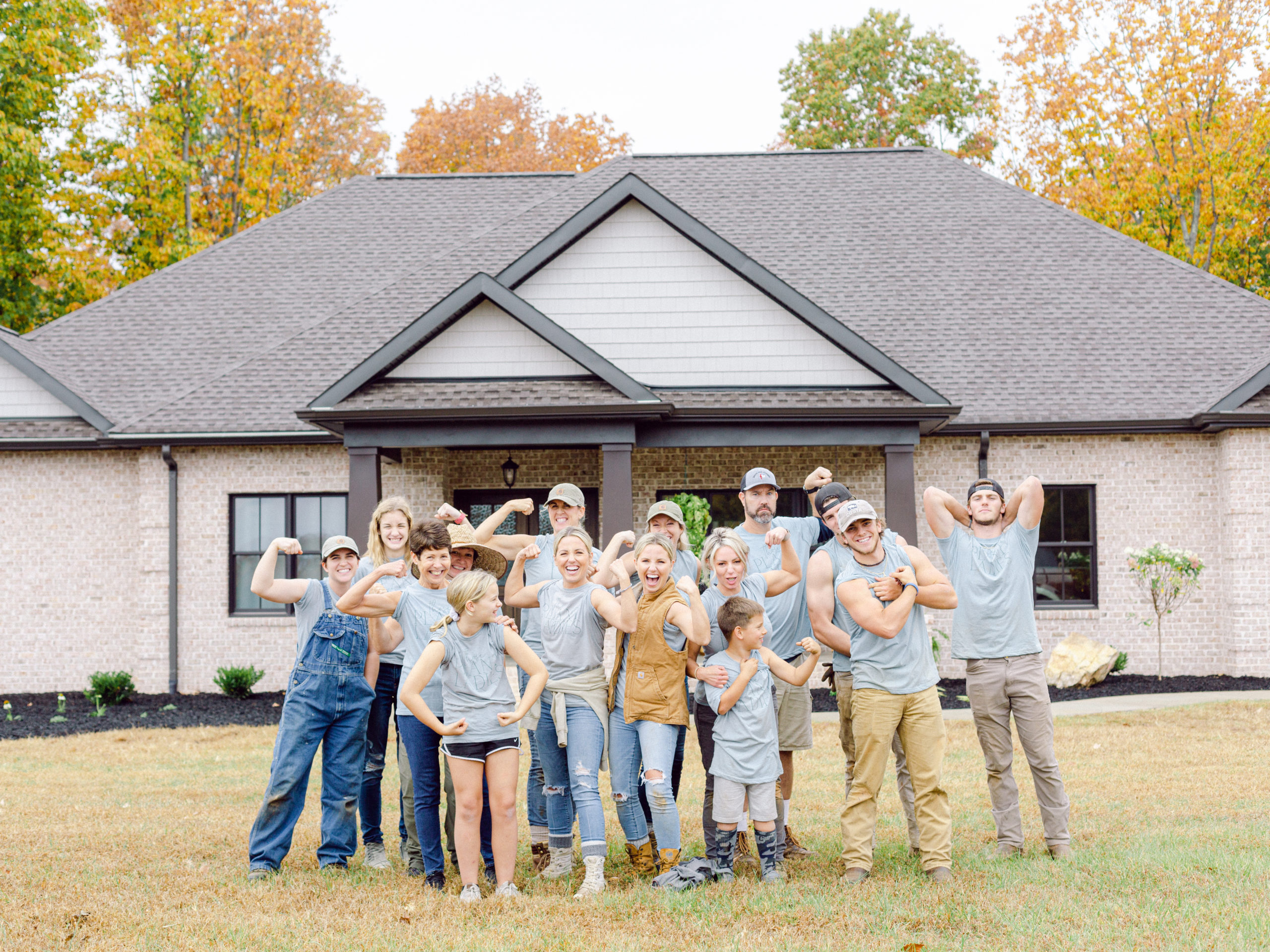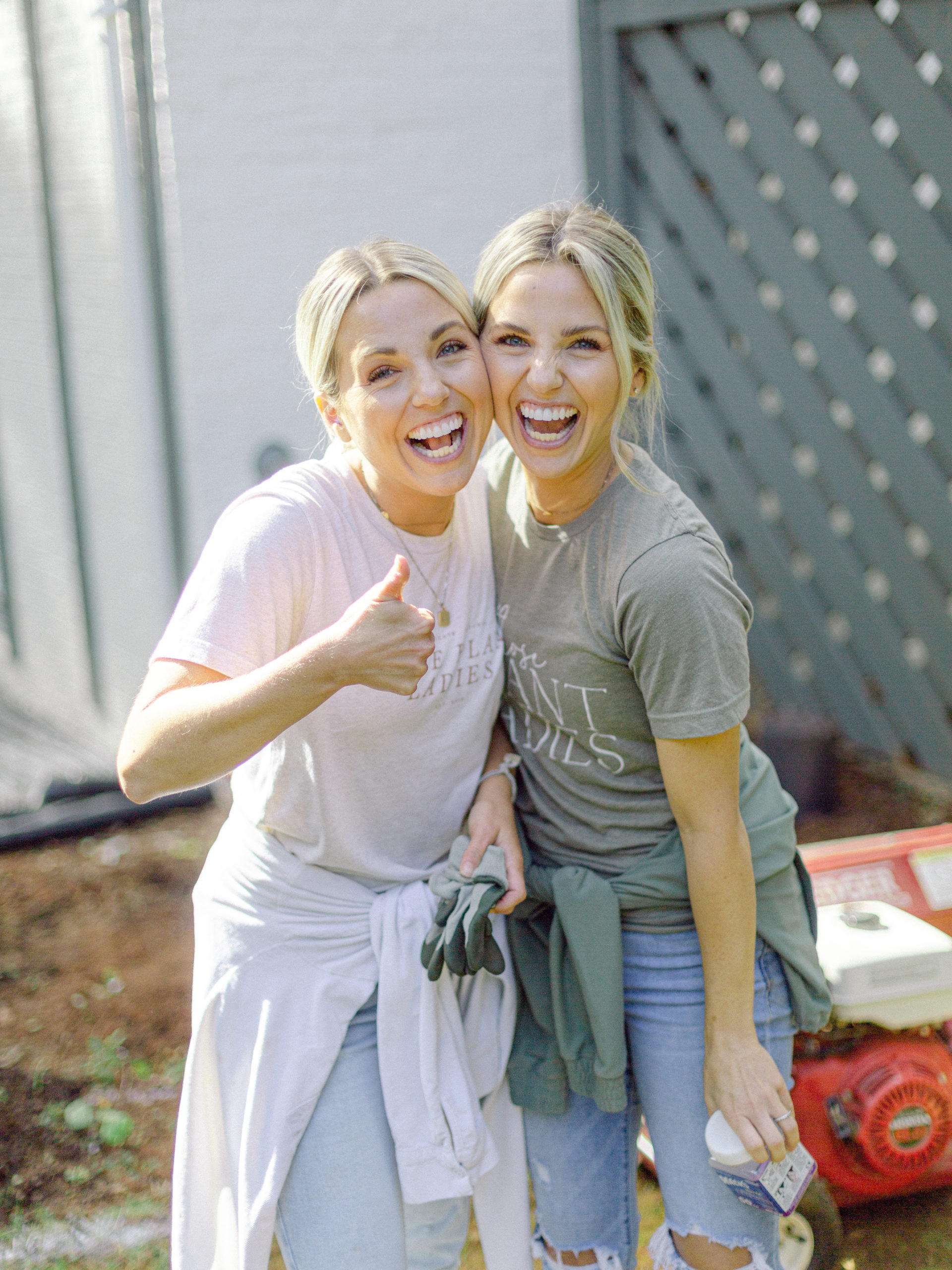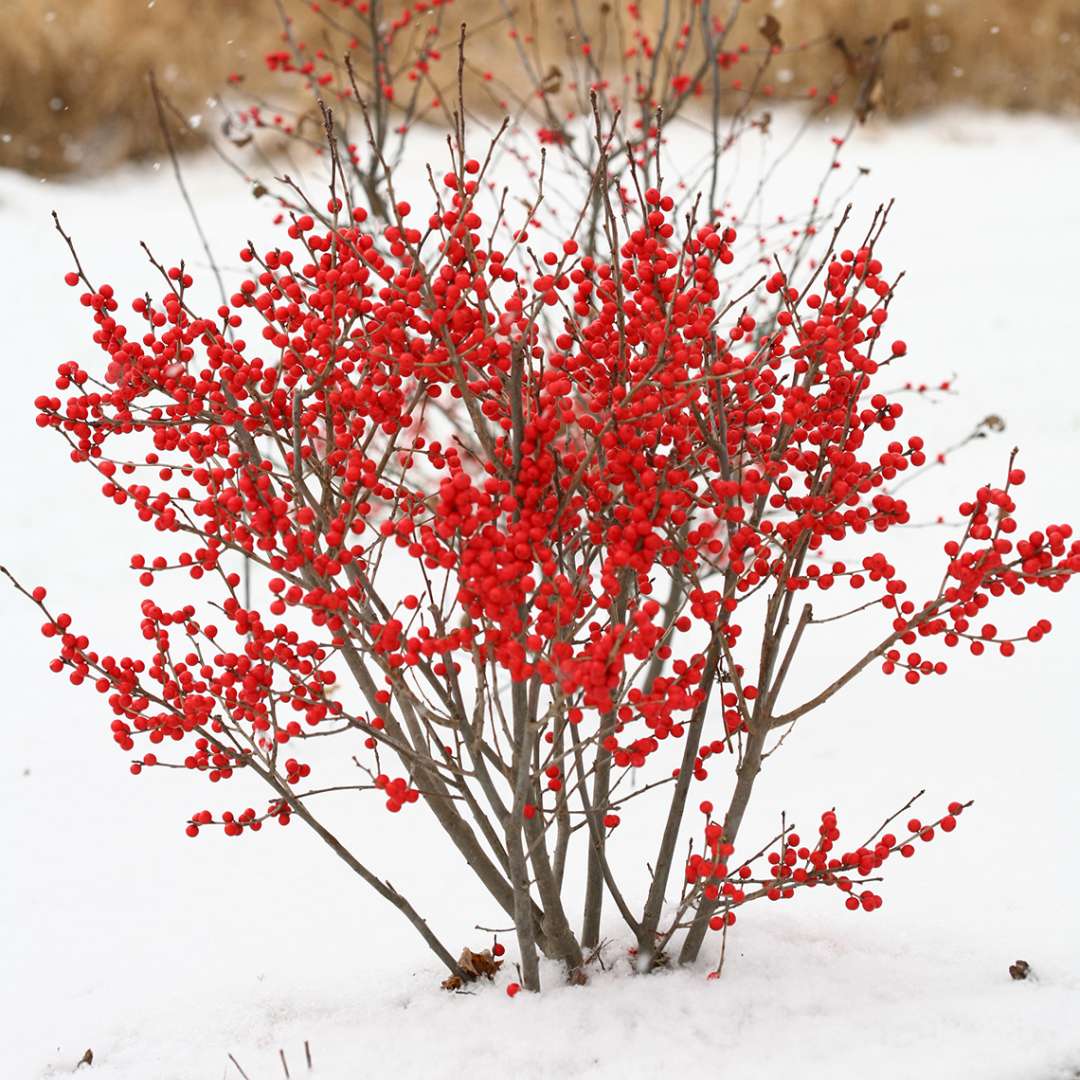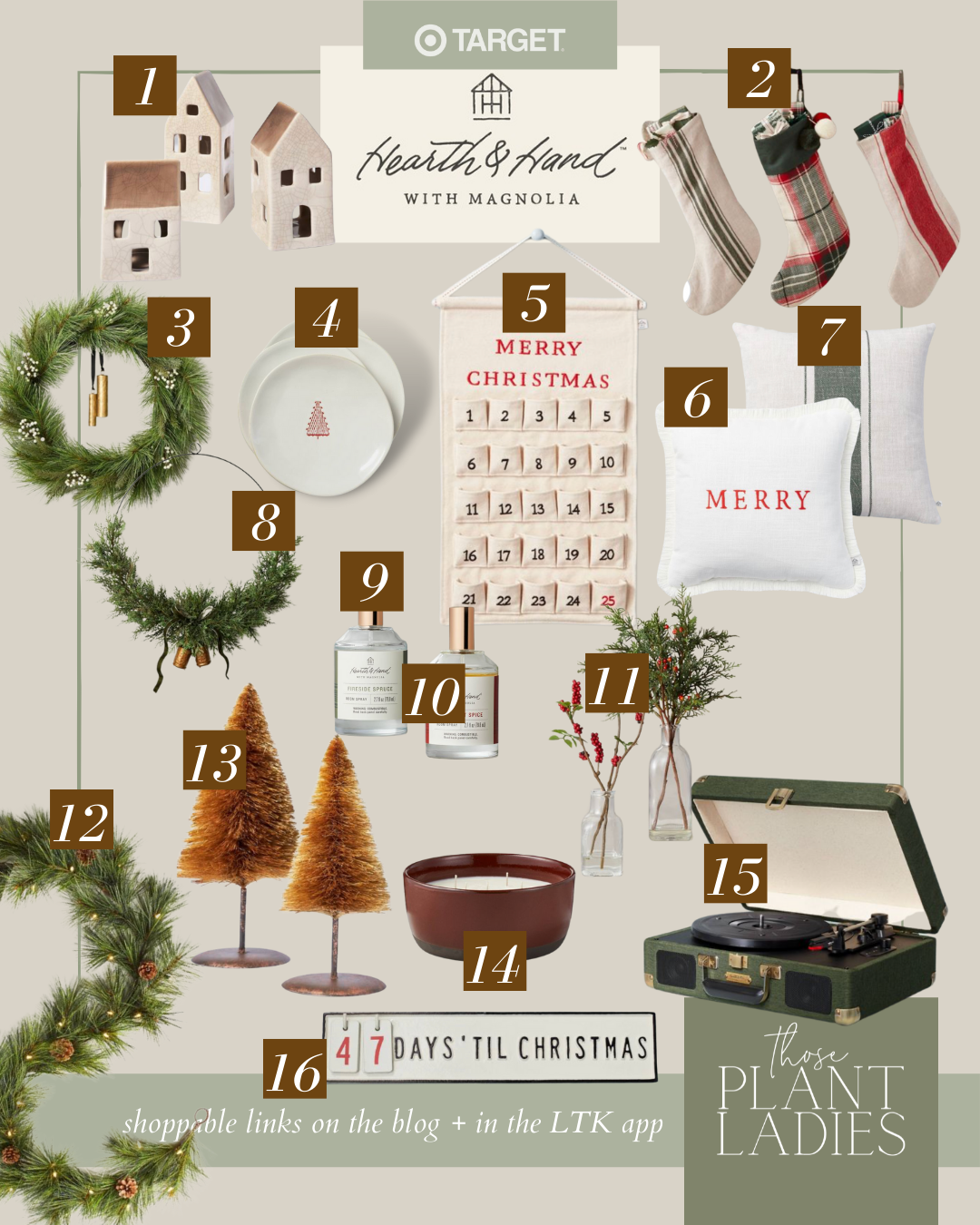

Have you ever gone shopping for plants and ended up wandering the aisles and clueless about what you should plant? We get it, we’ve been there, and that’s why we created Those Plant Ladies… so you have someone to turn to with all of your plant questions! Here’s what you need to know so your next plant shopping trip will be a breeze.

Your guide to purchasing plants for your landscape, or for inside your home, is the plant label. To use this handy guide to select your plants, you will need to assess your site prior to coming shopping. (Need help doing that? We have a whole post dedicated to what you need to do before you go plant shopping.) Once you’ve done that, you can use this handy guide to find the right plants, every time!

What does it look like? This label may be a tag that is tied onto a branch of a tree or shrub, it might be a sticker on the side of the pot, it might be a small plastic label stuck into the soil, or the information may even be found on a sign posted by a retail section of that plant. No matter what it looks like, this label will help you choose the plant that is best suited for your situation.

What information can you find on the label? There may be a lot of information on the label or there may appear to be nothing but a name and a few simple icons. However, there are several things you should always be able to learn about the plant from the label.
Plant Name(s): You should see two names for the plant on the plant label. The one that’s usually larger is the common name; in the example below: Cobalt-n-Gold. Then, there may be a smaller name, one you probably can’t pronounce! This is the Latin, scientific name, for example, Hypericum. The scientific name helps denote the actual species of plant you have in front of you. Plants may have different common names in different regions of the country or around the world. The scientific name helps us to be certain we know which plant we have.

Light Requirements: The label will tell you if the plant requires full sun, part sun, or full shade. If a plant needs full sun, it will need to receive direct sunlight for at least six hours each day. If a plant needs full shade, it will need to be shaded from the sun for almost all of the day. Part sun is anything in between! Most plant labels will show the light requirement of the plant as a sun icon. You would see an all yellow sun for full sun, a half yellow sun and half black moon for part sun, and an all black moon for full shade.

Size: The label should give you measurements for a mature height and width of the plant. This is straightforward but super important! Your new plant won’t stay the size it is when you buy it so be sure that the final, mature size of the plant fits in the space where you want to put it.
Moisture Requirements: When assessing your site before shopping, you should take note of the wetness of your soil. (Need help doing this? Check out everything you need to do before you go plant shopping.) Some plants don’t like dry soils and some plants don’t like soils that are too wet. They all have a little sweet spot! The label will tell you what that sweet spot is. Sometimes you’ll see a raindrop icon on the label to show it likes moist soil. Make sure the plant you choose will do well in the soil moisture level that you have.

Planting Zones: Planting zones can be a bit tricky to understand. Regions are given a numerical “hardiness zone” based on the lowest extreme temperature that may be reached during the winter in that region. If you’re buying plants in a store in your area, the plants should be suitable for the zone where you’ll be planting. If you are like us though, you may shop for plants on vacation or even online. It becomes very important to understand plant hardiness zones if you are shopping away from home or online. Make sure you know the hardiness zone of your site before shopping and choose plants that will survive in that zone.
Other Information: Labels may include other tidbits like bloom time, growth rate, plants that complement the labeled plant in the landscape, and more. You can use this information to choose plants that may have certain traits you prefer but the information listed out above will really help you know if it will survive in your landscape or not!

How do I use the plant label to shop for plants? This is the easy part since you came to the store with a list of what types of plants you need. If you come knowing you need a 6” tall shrub for a full sun site in zone 7, you can use the plant labels to find a shrub that meets those needs! Sometimes the need to shop for plants on a whim just can’t be helped and you might come unprepared and that’s okay too. A little plant retail therapy is good for everyone! As long as you know the the space you need to fill and the sun exposure on your property, you can always grab something you love on a whim! And… you can always use the plant label once you get it home and find the perfect spot for it. Happy shopping!


